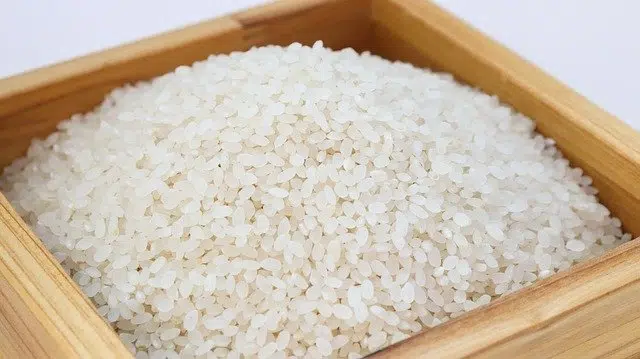
Rice is one of the best known grains.
Almost twenty meanings of grain are recognized by the Royal Spanish Academy ( RAE ) in its dictionary . The term comes from the Latin word granum .
The first meaning mentioned by the RAE refers to the fruits and seeds of certain plants. It is common for the concept to be used especially in the case of cereals , which are usually grown precisely for the use of their grains.
Grain characteristics
Since the notion can refer to fruits or seeds , grains can present dissimilar characteristics. In general, they stand out for their hardness and small size .
A peculiarity is that dried grains last longer than tubers and fruits . Furthermore, due to its dimensions, its storage and transportation are simple compared to other foods.
This makes grains have enormous importance in the history of humanity. They constitute an essential product of agriculture that made possible the collection of surplus food and contributed to the installation of fixed settlements.
Some examples
Corn , rice and wheat are the grains that are most produced in the international context. Many people have subsisted basing their diet on these plants, which even today continue to be essential in the diet of millions of people.
If we focus on corn , the grains themselves are the caryopses (nuts) found in the cob or cob of the cob. Wheat grains, meanwhile, are oval caryopses with rounded tips.
In the case of rice , a distinction is made between long grain rice, medium grain rice and short grain rice. The choice of one or the other is usually linked to the type of food to be prepared.
In addition to these cereals, we can find grains that are legumes ( lentils , chickpeas , soybeans ), oilseeds ( sunflower , mustard ) and pseudocereals ( quinoa , chia , amaranth ).

Acne is a disease characterized by the appearance of pimples.
Harvesting and drying of grains
Mechanization is an important part of agricultural practices linked to grains. The harvest itself is usually carried out with a machine known as a combine .
In order for grains to be stored for a long time, it is essential that they are dry. At this point we must take into account several biological issues of plants .
When the plant reaches maturity and generates the grains that make its reproduction possible, these grains have a very high humidity . Then the specimen begins to dry and the grains lose moisture.
By the time the grain can be harvested using the combine, its humidity is higher than what is needed for proper storage. In this instance another device appears: the dryer , which sends hot air to the grains to dry them and then cools them so that they can be stored safely .
A lump of skin
We cannot fail to mention another meaning of grain that has very widespread use. A small swelling that appears on the skin and is sometimes filled with pus (a thick substance secreted by tissues when they become inflamed) is called a pimple.
Pimples represent an alteration of the epidermis. Usually the lump is reddish in color and, especially if it has pus , it can cause pain.
Pimples appear due to skin disorders (such as acne ), allergies or infections , among other reasons. The medical specialist who studies pimples and other skin problems is a dermatologist .
